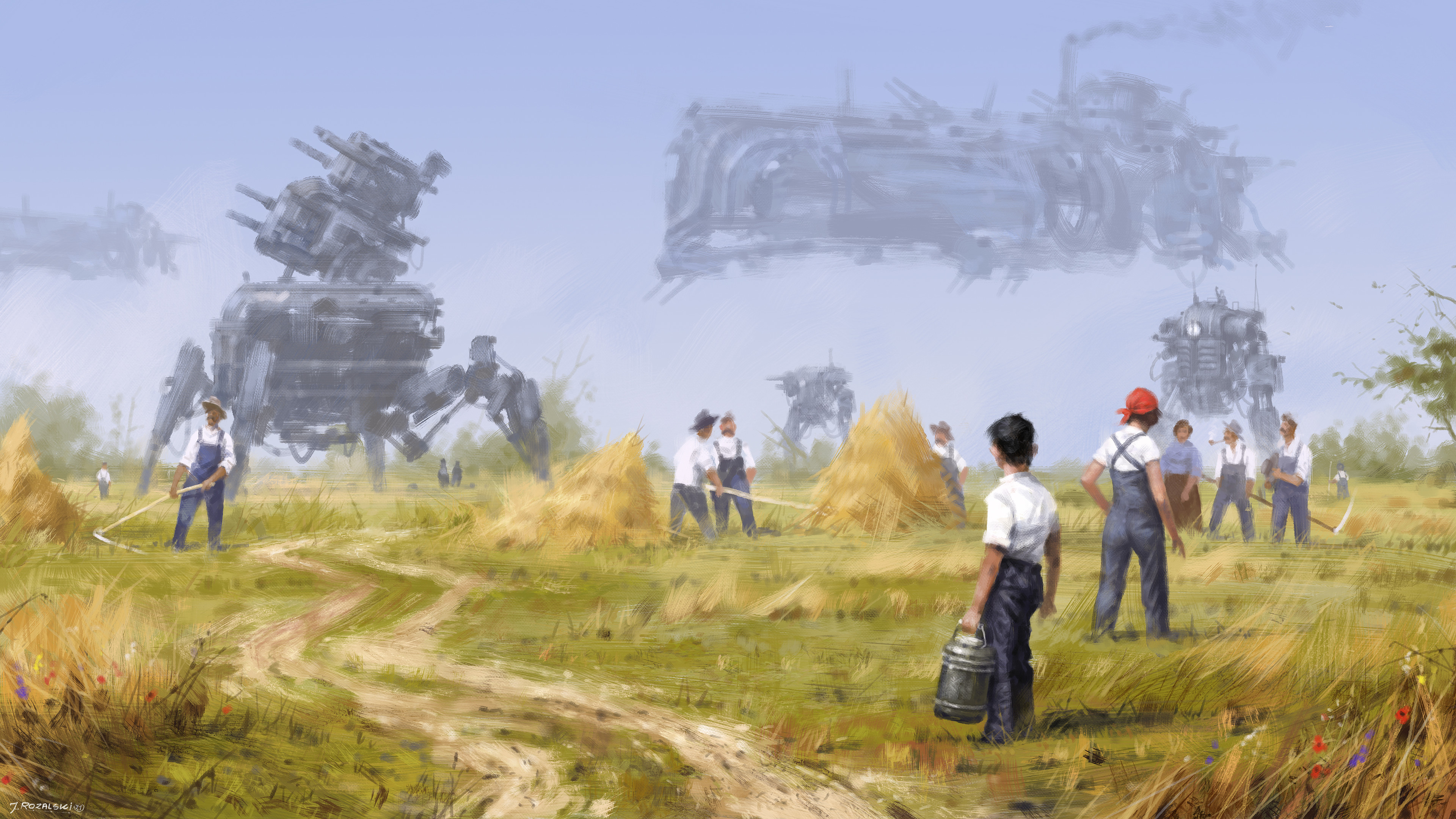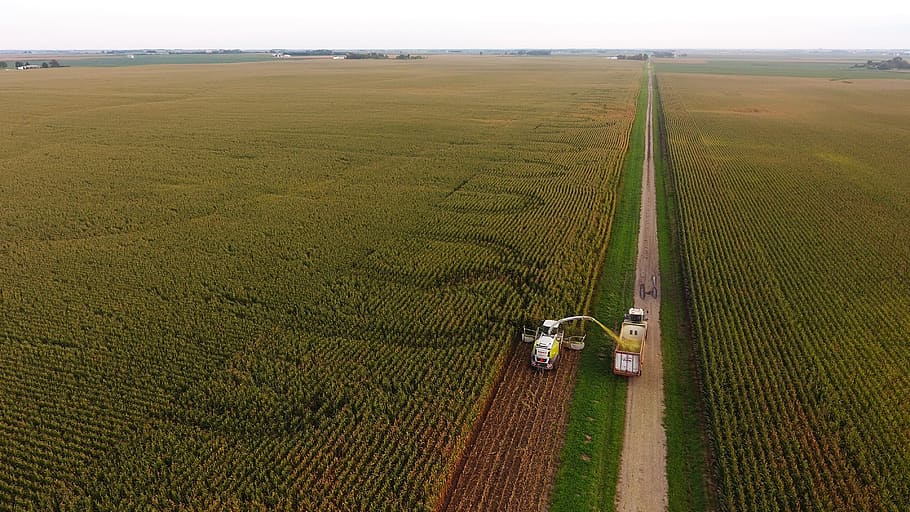

Though some lower class citizens did own small pieces of land, they often found it too difficult and expensive to maintain. The most common way to gain land was to purchase the land. In the Historia Augusta, it is stated Severus left 27 million modii in storage - considered to be a figure for the canon at the end of the 4th century and enough for 800,000 inhabitants at 500 lbs of bread per person per annum Īristocrats and common people could acquire land for a farm in one of three ways. David Mattingly and Gregory Aldrete estimated the amount of imported grain at 237,000 tonnes for 1 million inhabitants This amount of grain would provide 2,326 calories daily per person not including other foods such as meats, seafood, fruit, legumes, vegetable and dairy. The total population of Rome assumed in calculating these estimates was between 750,000 and one million people.

Erdkamp estimated that the amount needed would be at least 150,000 tonnes, calculating that each resident of the city consumed 200 kilograms (440 lb) of grain per year.

Rickman estimated that Rome needed 40 million modii (200,000 tonnes) of grain per year to feed its population. Several scholars have attempted to compute the total amount of grain need to supply the city of Rome. Grain made into bread was, by far, the most important element in the Roman diet.


 0 kommentar(er)
0 kommentar(er)
